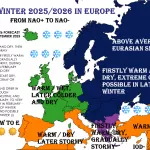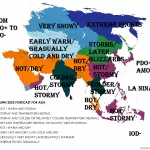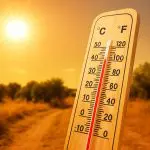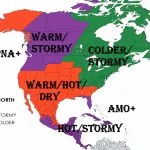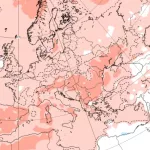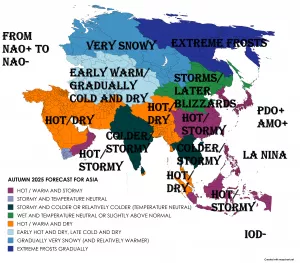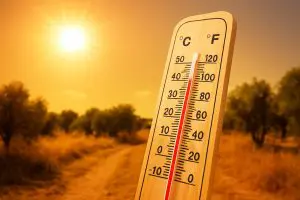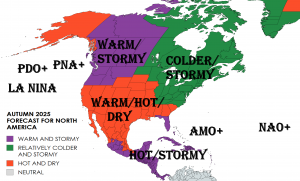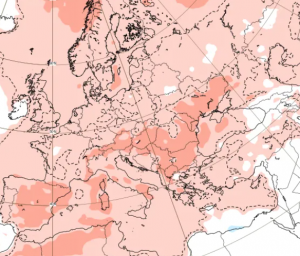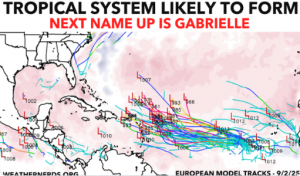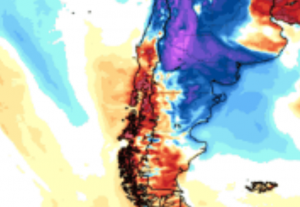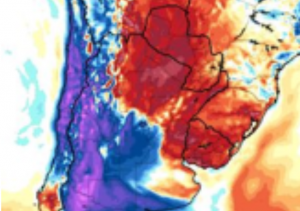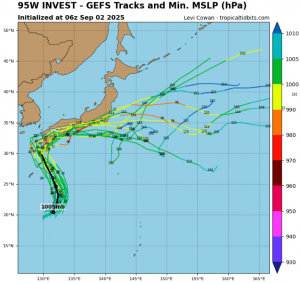
On late August 2025, Narsarsuaq, located in southern Greenland, experienced its hottest night on record, with the minimum temperature remaining at +17.2 °C, approaching what would be considered a tropical night (nighttime minimum ≥20 °C in temperate regions). This event is highly unusual for southern Greenland, where typical August nighttime temperatures range from 5–10 °C, even in coastal southern regions.
Meteorological Context:
- Persistent high-pressure system over the North Atlantic and southern Greenland created subsiding warm air, clear skies, and calm winds.
- Advection of warm air from the south, likely influenced by unusually warm North Atlantic sea-surface temperatures, contributed to elevated nighttime temperatures.
- Fjord topography at Narsarsuaq may have trapped heat in the valley, reducing overnight cooling.
- Low wind speeds and high humidity enhanced thermal retention, allowing temperatures to remain high throughout the night.
Impacts and Significance:
- Human comfort and health: Residents experienced exceptional heat during the night, which can stress vulnerable populations such as the elderly or those with medical conditions.
- Ecosystem: Extended warm nights affect plant respiration, soil moisture, and local fauna behavior, particularly in Arctic-adapted species.
- Glaciology and hydrology: Elevated nighttime temperatures contribute to increased melt rates on nearby glaciers, accelerating ice loss in southern Greenland.
- Climate Record: This minimum temperature represents the warmest night ever recorded at Narsarsuaq, underscoring Arctic amplification and extreme temperature anomalies.
The record warm night in Greenland illustrates the rapid warming occurring in the Arctic, where even nighttime temperatures remain unusually high, leading to cumulative heat stress for ecosystems, humans, and ice-sheet dynamics. Such events are consistent with broader trends of increasing frequency of warm extremes in Arctic regions.


